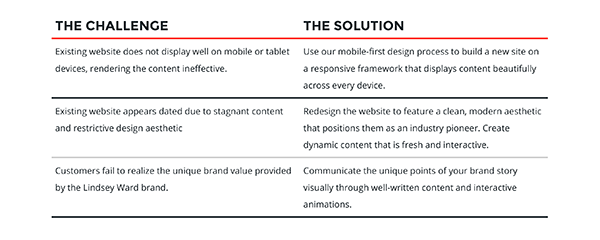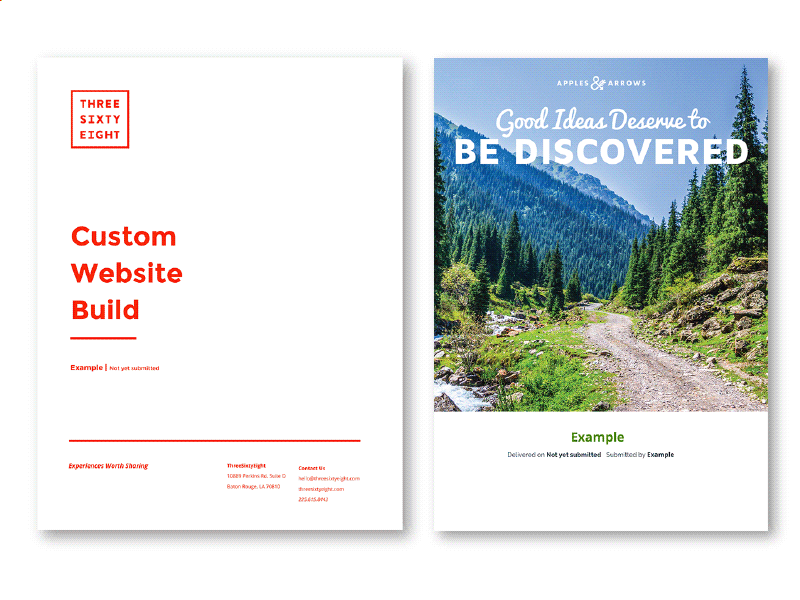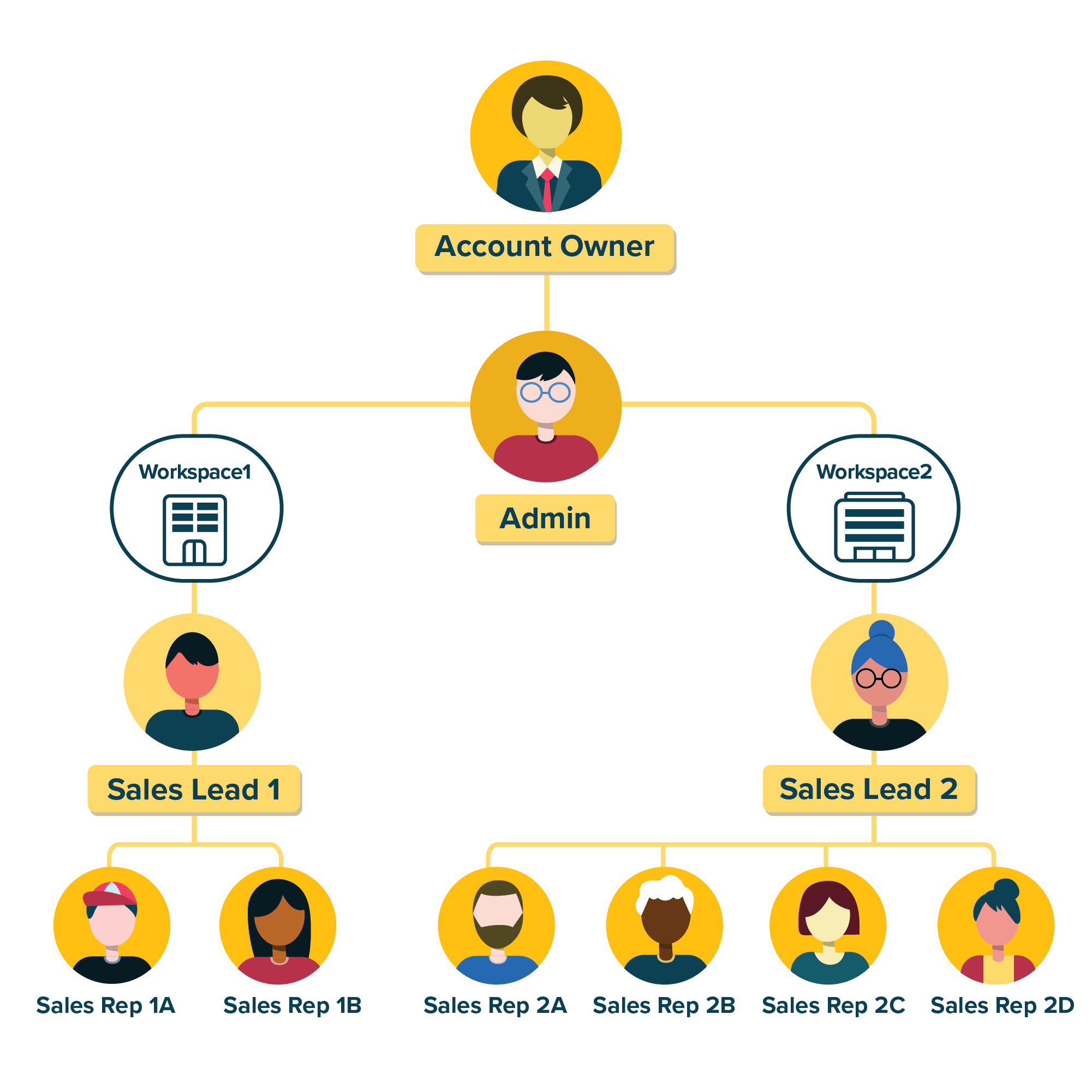10 Winning Proposal Template Tips From Our Experts You've Got to Try
April 21, 2020Last updated on October 1, 2024

When was the last time you checked under the hood of your proposal template? A good template takes time to build, so doing some regular maintenance on it will help you get even more out of it. In this post, Proposify Customer Success Manager Nick Burdock gives you the tools you need to keep your proposal template firing on all cylinders.
My first car was a 2002 Honda Civic. I loved that car. Even though at the time it was over a decade old, it was in mint condition.
You see, it had been my father’s car and he is a stickler for maintenance. Every oil change was changed and every weird engine noise was investigated. No tire went unrotated or coolant untested.
And because of his dedication to those details, that little car ran forever. Granted, you had to manually crank the windows and the passenger door refused to lock when you pressed the remote (found that one out the hard way) but it was a great car that served me well for a long time.
My point is that your proposal template is like a car. So many people are reactive and only get their car serviced when an angry-looking light comes on on the dashboard. The tips I’m sharing in this post are like preventative maintenance for your proposal templates.
Why do you need proposal templates and why do they need maintenance?
First things first: if you don’t already have a proposal template set up, that’s where you need to start. Here are some great resources to help you get going:
How to create a proposal template
Get some inspiration from our Proposify Template Gallery
Templates are a compilation of the sections that stay the same from proposal to proposal. When you stick the sections together and save them as a template, you can use them as a base that your sales team can use to customize each subsequent proposal. When you use this method, the bulk of the work is already done when you start working on each new proposal.
That being said, you want to make sure that your proposal template stays current and maintains peak performance with regular updates. You wouldn’t want to set it, forget it, and then, when you come back to it ages later, realize that your proposal template’s content, structure, or design is ready to fall apart at the slightest bump in your sales doc creation process.
But you’re luckier than ol’ Buster Keaton there. Our “mechanics” here at Proposify are our Customer Success Specialists. They work with customers to diagnose any of the preventative maintenance needed to keep a good template working at peak performance for that customer’s sales team.
I asked Nick, one of our proposal mechanics, to walk me through what he looks for when he’s helping Proposify customers get the most out of their proposal templates and now I’m sharing all his secrets with you.
Okay, next stop, template design tips.
Proposal template design tips
Design is communication, too, and your proposal template needs to speak clearly to two separate audiences: your teammates who create proposals using your template and the prospects who will receive the finished product.
1. Go inline
This tip is all about the basic structure of your proposal template design and making it super easy for sales reps to add and replace content.
An inline template approach means the template groups content where it makes sense to do so using fee or content tables. Designing with inline groups means sales reps can replace an entire table of product details or a full project summary instead of making these changes line by line.
Take a look at this example content table from digital marketing agency ThreeSixtyEight’s proposal template.

They could have set up the ‘challenges and solutions’ table as a simple bulleted list or even as a paragraph. By pulling the information into a table, it makes it easy to swap out that section for another pre-set table in one quick-and-easy edit.
2. Spruce up your cover page
Your template’s cover page is your first impression after all and sets the tone for your proposal. This is a great opportunity to use images or bold colours or you can go minimal with your logo and the proposal details. There’s no “one way” to do this right, as long as you’re following your brand guidelines.
For example, check out these two very different proposal cover pages from digital marketing agency ThreeSixtyEight and branding agency Apples & Arrows.

Each of these cover pages gets a big thumbs-up from two of Proposify’s in-house designers, Steve and Lindsey, for being on-brand for their respective company. (You can read more of their proposal design tips here.)
3. Check for consistency
Watch out for any inconsistencies in the colours, fonts, typefaces, and typographic hierarchy used in your proposal template that may occur over time. These may seem like small things but they make it easier for clients to read (or scan) the proposal and consistent branding can increase trust, a key ingredient in any business relationship.
Going back to the Apples & Arrows proposal template example from #2 above, their template design includes section headers that use a simple but striking reversed text technique to grab readers’ attention.

So it would be especially jarring to the reader if, say, one section was missing this design detail. Again, it’s one of those elements where the consistent sum effect is greater than each part.
Proposal template content management tips
4. Use content snippets
Have your proposal template built so it can make use of snippets and the fee library. Being able to pull in standardized content will cut down on proposal creation time and get it out the door quicker. And make proposals more accurate!
However, there’s a caveat with this tip. You can create the best content snippets ever written but without a proposal content management strategy the chances of your snippets being used properly and efficiently are slim.
A proposal content management strategy helps you to organize your content effectively within a central content hub where your sales team can easily find and use it. My post on proposal content management has more details and tips for scalable content management strategies, including how setting up roles and permissions helps your team locate the assets they need.
5. Add videos
We found during our study of 1.6 million proposals in the Proposify database that proposals with videos and/or images in them were more likely to win. Make it engaging so your client will want to come back and share it with others.
What makes a video in a proposal engaging? Here are two factors to keep in mind when creating or selecting a video to include in your proposal template:
- Keep it short and snappy. Two out of three people will watch a business video all the way through if it’s under one minute, according to business video platform Vidyard.
- Add captions and subtitles, because nine out of 10 consumers view videos with the sound off.
As for video subject matter, we’ve seen companies use proposal videos to introduce their team members, showcase their products in action, highlight a customer testimonial, and give an overview of their portfolio of past work with a ‘sizzle-reel’.
6. Delete any templates that you’re not currently using
Maintaining good proposal template ‘hygiene’ by not letting old or obsolete templates hang around helps make sure reps know which one(s) to use and reduces the risk of outdated information going out to customers.
Proposal template automation tips
7. Include electronic signatures
Make it easy for your sales reps to find all the spots in your proposal template that need to be signed or initialled with an esignature placeholder. When creating a proposal, these electronic signature placeholders can be assigned to the appropriate person on the client and makes sure none are missed.
Not only does this make creating proposals quicker for your reps, but it’ll also help them get quicker sign-off from their prospects. Electronic signatures are the most efficient way to sign proposals today and proposals that include them close 32% faster.
8. Take advantage of variables
proposal software like Proposify offers a variables function that auto-updates text that’s specific to each proposal like your client’s first and last name, company name, address, and phone number.
With custom fields and variables as placeholders in your proposal template, you can pull all these details directly from your CRM, like Salesforce or HubSpot. This reduces your sales reps’ time spent doing manual data entry and reduces the opportunity for potentially costly mistakes.
Don’t forget to check under the proposal template hood
There are aspects of proposal templates that salespeople and customers never see. Nick says that these administrative tips may run unseen in the background but they’re just as important to the strength and longevity of your business proposal template.
9. Lockdown your proposal template with permissions
Designate certain users, like admins or graphic designers, to be the only ones with access and permissions to change your master proposal template. This means that other users aren’t able to make changes to your template.

In this sample organizational chart for roles and permissions, the admin user role could be set up with access to both workspaces but can only edit images and copy in the content library and add, delete or edit templates. They wouldn’t be able to view, edit, or send active proposals.
10. Customize your template with settings
Nick advises his Proposify customers to customize settings like currency, proposal preview, and audit trail at the template level. This means that any proposals created with the template will have spot-on pricing, customers will see the preview you want them to see, and you’ll be able to track any changes that have been made.
Where to next for your proposal templates?
If you thought a well-maintained proposal template had your proposal process zooming, wait til you hear this next suggestion.
Once you have your proposal template running on all cylinders, you might want to consider shifting it into the next gear by making it part of a full proposal template strategy. A template strategy helps you streamline your proposal workflow and gets your reps pumping out more accurate, customized proposals faster than ever.
Over in my proposal template strategy post, our Customer Success Specialists outlined their top three ways to build a proposal template strategy: the Frankenstein, the Template Per Offering, and the Multi-Doc. I shared what each approach entails, what kinds of sales teams use them, and the key success factors that you’ll want to consider when adopting one.
(P.S. I co-hosted a webinar on proposal template strategy and tips with my colleague Nick from Customer Success. Watch it on demand here.)



